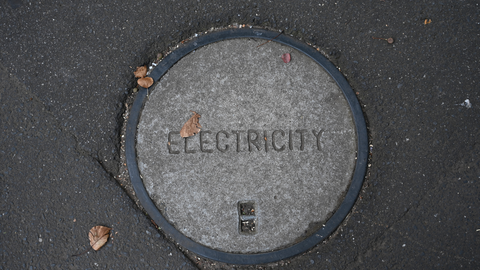Confined Space Statistics
Did you know that in the US, there are over 11,000 injuries in confined spaces every year? What’s worse, there’s an average of 92 fatalities in confined spaces per year. That equates to almost two deaths per week.
The troubling thing about these statistics, is that these incidents could actually be prevented if confined space procedures were followed.
But before you can follow the procedures, you first need to be able to understand how to identify a confined space.
I know, we’ve all heard that three part definition before, the problem is, the definition tends to leave more questions than answers.
In this article and the video below, we are going to make identifying confined spaces crystal clear.
View on YouTube: https://youtu.be/01G7uIjHoK4
You can’t really be safe in a confined space, unless you know what one is, so that’s where we’re going to start.
OSHA's Confined Space Definition
According to OSHA, a confined space needs to meet these three criteria:
- The space needs to be large enough, and so configured that a person can bodily enter and perform assigned work; and
- The space must have limited means for entry or exit; and
- The space must not be designed for continuous human occupancy.
The problem is, this is written in language no one uses.
Let's decode what this actually means.
Simplifying the OSHA Confined Space Definition

Is this space large enough to get in and perform work?
#1 Large enough and configured that an employee can enter and perform assigned work.
If we put that into plain language, it means it’s big enough that you can actually get inside the space to do your work.
If you can’t physically enter a space, chances are, you wouldn’t struggle to get out if you became injured, because you never were in there in the first place.
A space that cannot be entered is not considered an OSHA confined space. That being said, that also doesn’t mean there aren’t hazards to still be aware of.
Okay, making sense so far? Let’s move on to the next one.

#2 - The space must have limited means for entry or exit.
Okay, so this one is easy, simplified, you just need to know if the space difficult to move in or out of?
How I think of this one is, if you were injured in the space, would it be hard to get you out on a stretcher?
If you can freely enter the space without having to step over a raised threshold or stoop under the opening, and if the equipment in the space doesn’t interfere with traveling to the exit, it’s not considered limited in terms of entry or egress.
Also, spaces that must be accessed via ladder, are generally going to be considered confined spaces.
Okay, now we’re on to the last part of the definition of a confined space.

#3 The space must not be designed for continuous human occupancy.
Just ask yourself this,“Was this space designed for people to be in it for long periods of time?”
If the answer is no, the space meets this third criteria for a confined space.
The reason for this is, if a space is designed for people to be in it, there will be some important considerations in place like lighting, ventilation, space to accomplish the anticipated work, and an easy way to get in and out.
How to Easily Identify Confined Spaces
To summarize, here are the three questions you need to ask yourself to figure out if a space is a confined space:
- Is the space big enough that you can actually get inside the space to do your work?
- Is the space difficult to move in or out of?
- Is the space designed for people to be in it for long amounts of time?
Remember, the answer to all three of those questions has to be yes for the space to be considered a confined space.
When it comes to confined spaces, stay safe and be smart.



Leave a comment
All comments are moderated before being published.
This site is protected by hCaptcha and the hCaptcha Privacy Policy and Terms of Service apply.